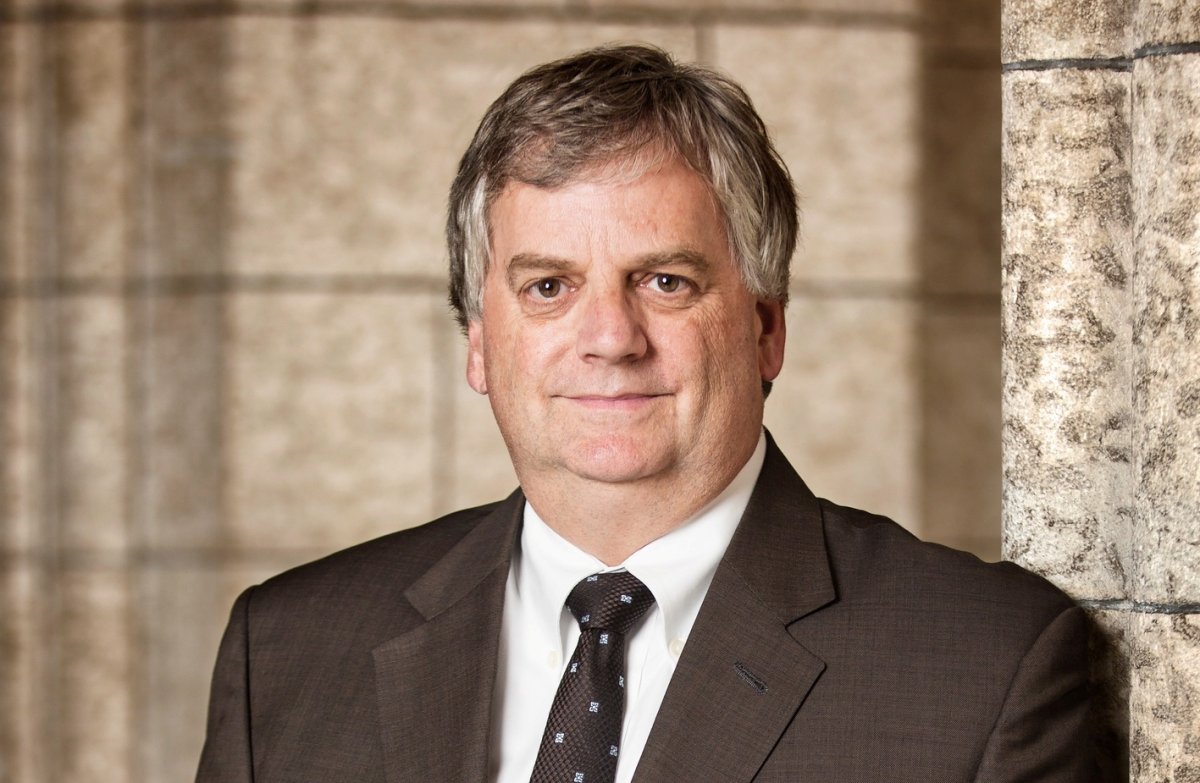Canada’s budget watchdog is taking a stab at predicting the cost of future natural disasters.

The project, in its earliest stages, was sparked after a recent report indicated spending on disaster relief jumped 280 per cent in the first half of 2013-14 over the first half of 2012-13.
“When we published the (report), we had that section on the disaster relief,” Parliamentary Budget Officer Jean-Denis Frechette said Tuesday. “It triggered some questions … So we’re in discussion right now—we don’t have all the details—but to look at what the impact will be of natural disasters, a climate-change approach. So we will see what we can do in that context.”
At this point, however, the office is not certain what information, analysis and prediction they will be able to pull together.
The NDP recently asked the budget officer to look into the effects of climate change on government programs and the costs associated with relief.
READ MORE: Natural disasters, rising costs are Canada’s biggest public safety risk: documents
“We don’t actually trust the Conservatives to honestly predict what the cost could be,” said NDP public safety critic Randall Garrison, suggesting the government’s drive to balance the budget by the next election could affect spending forecasts.
“It’s common sense. There will be other disasters and there will be a cost.”
Ballooning spending for disaster relief, which falls under Public Safety, is tied to Ottawa’s liability for some major floods and rainstorms that occurred across the country between 2011 and 2013, including last year’s devastating Alberta floods. The tab for those disasters is sitting at $4.1 billion, an amount the government has said it plans to pay out over the next 10 years, with the bulk coming in the first five.
That output is well above the base funding for the Disaster Financial Assistance Arrangements, which is $100 million, and does not take into account any potential future natural disasters, Frechette’s staff said during an appearance at the Senate finance committee Tuesday.
GALLERY: Clean-up begins in Calgary after devastating flooding
There is a possibility the past few years represent nothing more than a blip in large-scale, costly natural disasters for which Ottawa has had to offer financial assistance. With analysis from Environment Canada signalling future increases in precipitation rates, however, it looks like a contingency plan for disaster relief funding might become necessary.
So Frechette’s staff is going to see whether they can develop a model that will allow them to determine whether this is indeed a blip, or whether the disasters will continue at a similar rate in the future—and what the ensuing cost of any damage might be.
If the trend continues, the government will have to figure something out, his staff said.
Public Safety will have to find more money if, for example, another large flood hits a province and becomes eligible for federal relief funding.
READ MORE: Ottawa sits on more than $10 billion in 2012-13
Public Safety did not respond to a question asking whether the department will have provisions over and above its current $4.1 billion liability, which represents the highest five-year financial commitment the disaster assistance fund has seen since it was launched in the 1970s.
Any increased cost should not come as a surprise to the department, which identified natural disasters—and the costs that come with them—as the country’s biggest public safety risk in a briefing note to the public safety minister released last year.
The document says the top risk is that rising costs related to disasters “may increase the federal liability” under the Disaster Financial Assistance Arrangements.
Part of the budget officer’s concern with Public Safety’s spending forecast is a question of whether the department will be able to accurately tell parliamentarians how much funding it will need in a particular year.
Some departments consistently ask for more funding throughout the fiscal year, even though many later stall on getting the money out the door.
The problem cuts both ways—while some departments sit on handfuls of cash, others chronically lowball spending forecasts and are forced to go back to Parliament with their hand out.
Being able to accurately predict spending should be a top priority for federal departments, Frechette said.
“It’s very important,” he said. “I mean Parliament (has) to hold the government to account, the budget to account. They are voting for the budget. So forecasting is very important for them to better understand.”



Comments